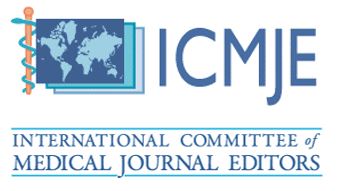Etiologies and Risk Factors of Ischemic Stroke in Young Adults: A Comprehensive Approach to Diagnosis and Management
Sánchez Garcia FJ1, Villamor Rodríguez J1, Barbero Jiménez DE1*
1Stroke Unit, Neurology Department, University Hospital Guadalajara, Guadalajara, Spain.
*Corresponding Author: Barbero Jiménez DE, Stroke Unit, Neurology Department, University Hospital Guadalajara, Guadalajara, Spain.
https://doi.org/10.58624/SVOANE.2025.06.005
Received: January 09, 2025
Published: February 07, 2025
Citation: Sánchez Garcia FJ, Villamor Rodríguez J, Barbero Jiménez DE. Etiologies and Risk Factors of Ischemic Stroke in Young Adults: A Comprehensive Approach to Diagnosis and Management. SVOA Neurology 2025, 6:1, 17-27. doi. 10.58624/SVOANE.2025.06.005
Abstract
Ischemic stroke in young adults has become a significant clinical concern, as its incidence has been increasing in recent years. Although traditional cardiovascular risk factors (CVRF) such as smoking, hypertension, and dyslipidemia are commonly seen in this population, there are also other specific etiologies, including congenital conditions like patent foramen ovale (PFO), cervicocephalic arterial dissection, genetic diseases, inflammatory and non-inflammatory vasculopathies, and the use of illicit drugs. A thorough understanding of the diverse etiologies of ischemic stroke in young adults is essential for accurate diagnosis and effective management. This article reviews the various causes of ischemic stroke in the young adult population, with an emphasis on the underlying cardiovascular risk factors and congenital conditions. A significant proportion of strokes in this population are attributed to PFO, a congenital anomaly that can increase the risk of ischemic stroke. Cervicocephalic arterial dissection, particularly following minor trauma, is another key cause of stroke in young individuals. Additionally, genetic diseases, inflammatory vasculopathies, and conditions such as thrombophilia can contribute to the occurrence of ischemic strokes. Moreover, illicit drug use and lifestyle factors, such as excessive alcohol consumption and physical inactivity, play a critical role in the rise of ischemic stroke cases in young people. By exploring these causes, this article presents an overview of the diagnostic approach and therapeutic strategies, underscoring the need for early identification and tailored interventions. Prevention, through lifestyle modification and timely interventions for those at high risk, is crucial to reduce the burden of ischemic stroke in this age group.
Keywords: Risk Factors of Ischemic Stroke; Young Adults; Cervicocephalic Arterial Dissection











